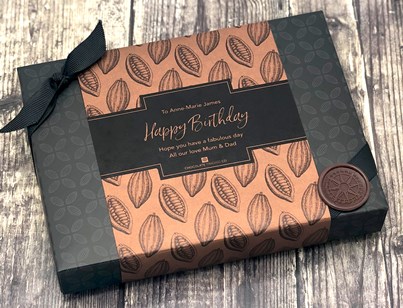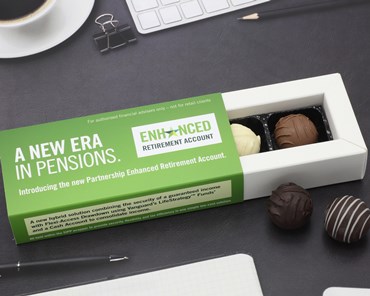Chemical traces from an ancient pottery vessel from southeastern Mexico showed that it had been used for a chocolate beverage more than 3,500 years ago, produced in the region which the Aztecs conquered for its rich orchards of cacao trees.
Although cacao (or cocoa) beans are grown today in many parts of the world, the tree which bears the seed pods, Theobroma cacao, is native to southern Mexico, Belize and Guatemala. The Spanish conquistadors remarked that a drink made from the toasted and ground beans, whisked, frothed and flavoured with hot chilli peppers, was consumed by the elite of the Aztec Empire. Other parts of the pod, including its soft inner pith, were fermented into various beverages.
With the recent decipherment of Maya hieroglyphic writing, the history of cacao and chocolate was pushed back into the early centuries AD. A lock-top vessel from a royal tomb at Rio Azul in Guatemala was inscribed with the hieroglyphs for cacawa, and the brown stain inside was identified by chemists at Hershey, the American chocolate maker, as the remains of a chocolate liquid.
More recently, similar deposits from earlier Maya pottery vessels have also been identified as chocolate: only last year one from Puerto Escondido in the Ulua Valley of Honduras, another noted cacao-growing area in pre-Columbian times, was dated to 1100-1200BC (The Times, November 13, 2007). The residue was found in a pot with a vertical spout thought to have perhaps been used to blow air to froth the liquid.
The latest discovery, which pushes the earliest use of cacao so far known to between 1500 and 1900BC, was made by analysing pottery from the site of Paso de la Amada, an early village just inland from the Pacific Coast in Mexico. The site has already yielded evidence of a complex society, including the oldest known court for playing the Mesoamerican rubber-ball game and the oldest pottery in the Maya area.
Although the region of Soconusco in which Paso de la Amada lies was one of the richest cacao-producing regions in pre-Hispanic America, no evidence for early use of the plant had emerged from excavations. The earliest pottery, known as Barra ware and dating between 1900 and 1700BC, included large jars suitable for brewing and smaller bowls for drinking.The question was, what had been brewed and drunk?
One possible answer was chicha, a maize beer widely consumed in tropical America; another was some form of chocolate beverage. “Cacao has a unique chemical composition of over 500 different compounds, including theobromine and caffeine,” Terry Powis and his colleagues report in Mexicon. He scraped the interiors of 16 vessels from Paso de la Amada, along with samples from other sites, and Jeffrey Hurst at the Hershey Foods Technical Centre analysed them for cacao using high-performance liquid chromatography coupled with mass spectrometry.
Theobromine was found in two vessels, one from Paso de la Amada and one from the Olmec site of El Manatí dating to slightly later, between 1650 and 1500BC. The former was a small brown bowl of a shape known as a tecomate, with a narrow mouth. Various functions have been suggested for them including keeping tortillas hot; the present example seems, however, to have been a drinking vessel.
“The results provide conclusive proof that the Mokaya people of the Soconusco were involved in the production and consumption of liquid chocolate at the very beginning of the Early Formative period,” the team report. “Feasting and drinking chocolate beverages was critical to the development of complex societies on the Pacific Coast of Chiapas”.
Norman Hammond, Archaeology Correspondent
Mexicon, vol 30, 35-38









